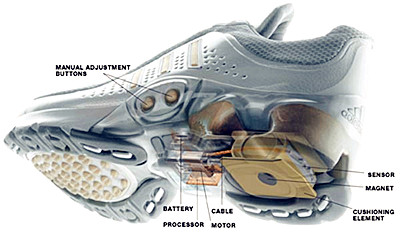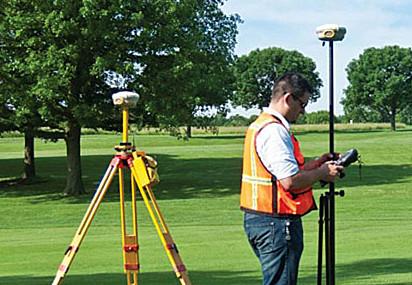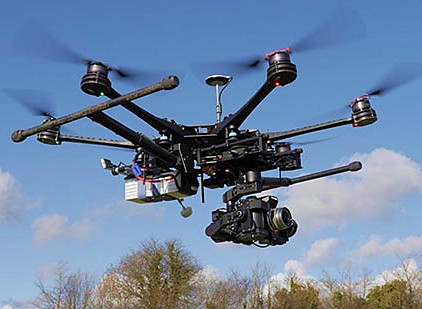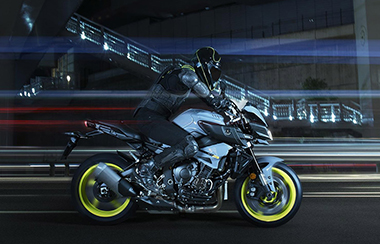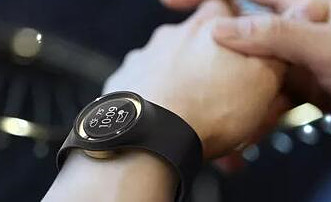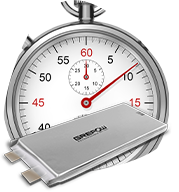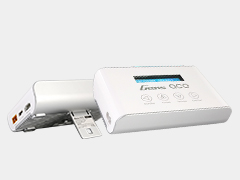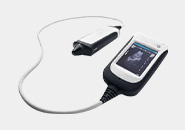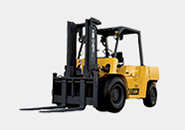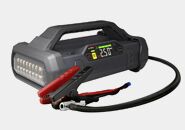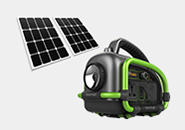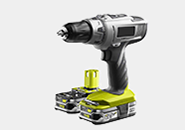High Voltage Cells
Lithium-ion Polymer (LiPo) battery cells with normal voltages are fully charged at 4.2V while lithium high-voltage (LiHv) cells are allow the battery charge to higher cut-off charging voltage at 4.35V. 4.4V, or 4.45V. The nominal voltage of normal-voltage cells is at 3.6-3.7V while the nominal voltage of high-voltage (LiHv) cells is at 3.8V or 3.85V. High-voltage batteries have only just begun to be used in large-scale market applications.
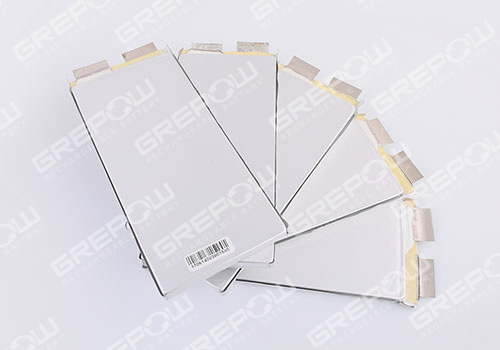
Why High-Voltage Batteries?
The energy density of a battery reflects the battery’s capacity for energy storage per unit volume. The LiHv batteries are more energy-intensive than traditional LiPo batteries, and each battery can be charged to 4.35V. It is the product of the nominal voltage and the capacity of a battery divided by the volume or weight of a battery. Based on the limited space and weight of the power supply, the battery energy can be boosted by increasing the charging voltage, which is where we see the fully-charged voltage increase from 3.7V to 3.8V or even 3.85V. This method is mass producible, and the battery capacity can be increased by about 15%.
1C Discharging
Everyone wants to increase how long devices can operate at one time, and pilots of drones are no exception with their desire to increase their flight time. If drone batteries cannot meet the demands of the very drones they power, then batteries themselves can inhibit the development of the drone industry.
For example, the flight time for a standard 22.2V or 44.4V battery in an aerial survey drone will be around 30-50 minutes. However, this flight time can increase and provide better efficiency to the device with our high-voltage batteries.
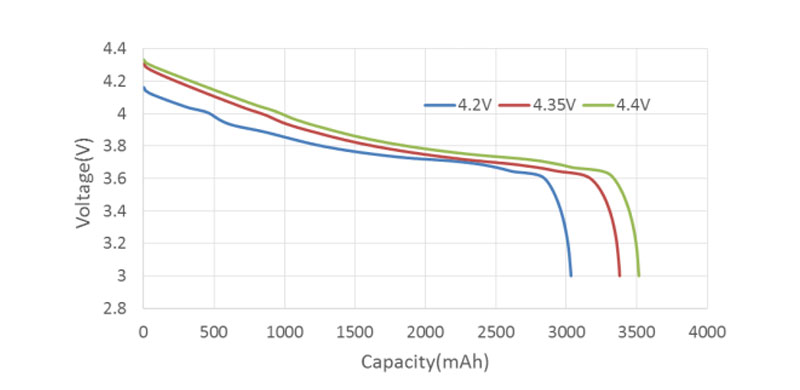
The graph above reflects the difference in capacity between three fully-charged batteries at 4.2V, 4.35V, and 4.4V.
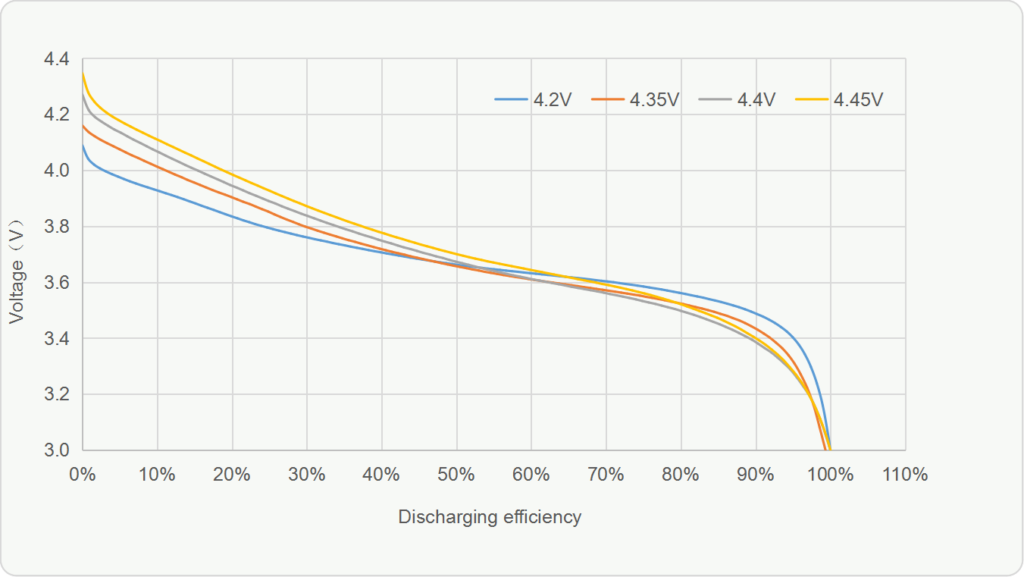
Why Choose Grepow's High Voltage Batteries?
High-voltage batteries have high energy density and high discharge platforms. They can also deliver more capacity under the same conditions of use, so their battery life is longer while delivering more power. Under normal circumstances, the lifetime of Grepow’s high-voltage batteries will increase by 15-25%.
Below is a summary of the benefits of using our high-voltage batteries:
- High energy density and longer battery life: 15% higher than ordinary batteries;
- High and stable discharge platform: Frequent use does not affect the battery life as much as ordinary batteries’;
- Even after 300 cycles, the batteries can still provide 80% of its original capacity;
- Based on real-life applications, the batteries can still meet the service life of 3 years, operate under high and low temperatures, and meet different rate requirements of the power industry;
- Mass producible and good cell consistency.
High Voltage vs. Normal Batteries

As shown from the table above, the volumetric and weight ratio of the high-voltage batteries is increased by about 18%.
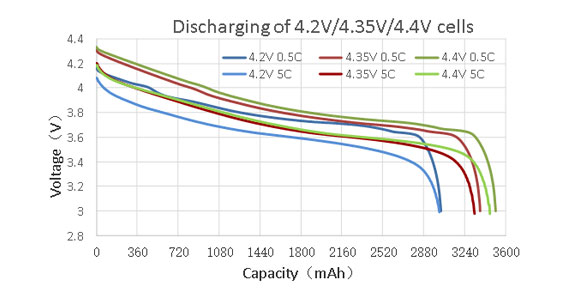
You can see here how the high-voltage 4.4V battery (marked in green) has a higher rate discharge platform and higher discharge capacity.

Due to the higher capacity of the 4.4V batty, the same current cycle can be used to reduce the actual discharge rate of the battery and extend the battery life. At the same number of cycles, you can see how the 4.4V battery has a higher percentage of its original capacity remaining compared to the 4.2V battery.
High Voltage Batteries for Electric Outboard Motor
Which battery do you need for your electric outboard motor, front troller or electric outboard engine. To answer this question you need to consider the following things. On which Voltage is the engine running. How many Amps does the engine need in use. What is de desired runtime. On this page we will help you find the right battery. We provide high-voltage batteries or solutions to the world’s Top 3 electric outboard motor manufacturers.
GRP7672196-3.8V-1C-14000mAh
Nominal Voltage: 3.8V
Capacity: 14000mAh
Discharge rate: 1C
Dimensions: 7.3±0.3*71.0±1.0*195.5±1.0mm
Weight energy density: 240.7Wh/Kg
Volume energy density: 525.0Wh/L
Advantage
High voltage, high energy density Better endurance, longer lasting time Comfort, safety and ease of use Smaller (it takes up less space on board) Customized Dimensions
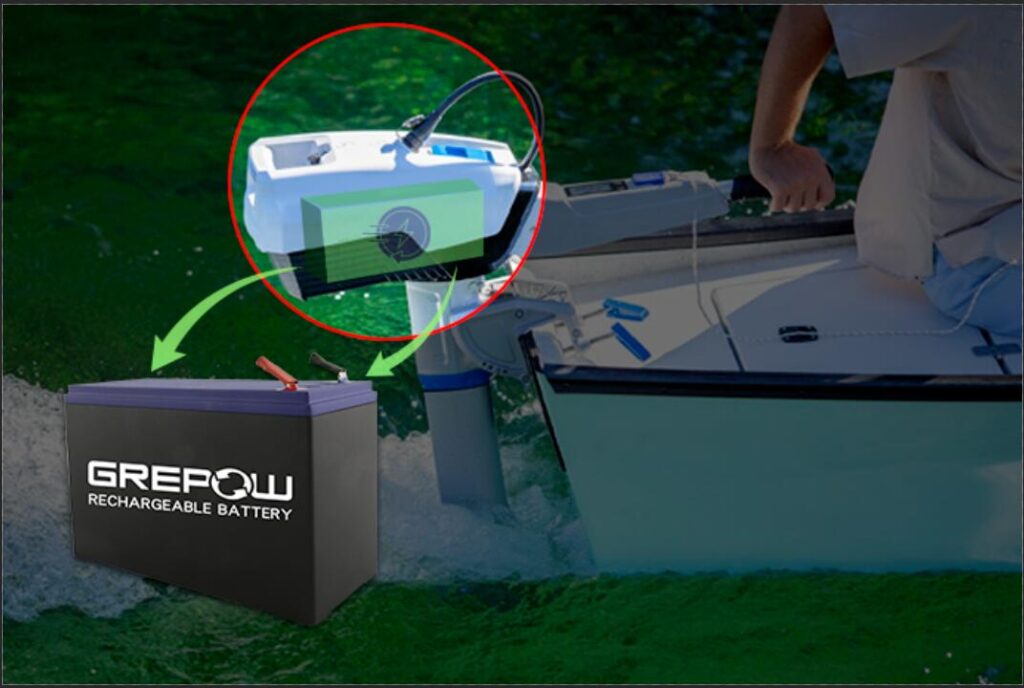
How to select the right battery for electric outboard motor?
A: The voltage of the engine is nearly always clearly printed on the outside of the engine or it can be found in the user manual. If you cannot find the voltage please contact the supplier of the engine. A bit more difficult to find is the power of the engine. Most of the times you can find this in the user manual. The power of the engine is measured in Watts. At the end of this page you can find a table with some populair outboard engines and trolling motors with their voltage and their power. This can also be used as a reference if your model is not listed.
> For all 12V trolling motors you need a battery between 35Ah and 140Ah.
> For all 24V motors you require a 24V battery: the 24V 50Ah or the 24V 100Ah.
The GREPOW batteries can be used with every 12V electric outboard or trolling motor. This is due to the fact that the voltage matches the working voltage of outboard engines. At the bottom of this page we explain this in detail. When we talk about a trolling motor we mean a 12V engine. When we talk about an electric outboard engine we mean a engine that runs on 24V, 36V or 48V.
A: This question is a bit harder to answer. Sometimes the power consumption in Amps is specified per speed / gear in the user manual. The power draw in Amps can be calculated once you know the power in Watts. This can be done by dividing the power (W) by the Voltage (V). Please note, sometimes you will know the power draw in Amps at full throttle, but not at your average speed. Usually this is much lower.
Example: You have a 12 Volts Talamex 48LBS. Usually you run it in speed / gear 3. In the user manual you find that the power of the trolling motor in third gear is 300 Watts. At full speed (gear 5) the power is 480 Watts. The power draw in third gear is 300 / 12=25 Amps. At full throttle this is 480 / 12=40 Amps.
With Torqeedo outboard engines you can always see the power at the display. For some populair brands and models you can find the power at the bottom of this page.
A: This is something you need to decide for yourself. For how many hours do you want to sail or run your engine and at what pace. Once you have figured this out you know the power draws in Amps and you can calculate which battery you need using the battery formula.
A: Battery formula is meant to calculate the required Amp-hours (Ah) of the battery. With a GREPOW battery the Amp-hours are indicated in the name/type. The 12V 70Ah is a 12 Volt Battery with 70Ah and the 24V 100Ah has a capacity of 100 Amps-hours at 24 Volts. The definition of Amp-hours is quite simple: it indicated for how many hours a certain amount of Amps can be drawn. For example, a 100Ah Battery can give 1 Amp for 100 hours or 2 Amps for 50 hours or 25 Amps for 4 hours etc.
If you are still not sure which battery you need for your electric outboard engine, as always feel free to contact us!
Sample of High Voltage Battery Cells and Parameters

High Voltage & Normal Voltage Shaped Battery List

Product ApplicationApplications of High Voltage LiPo Batteries
